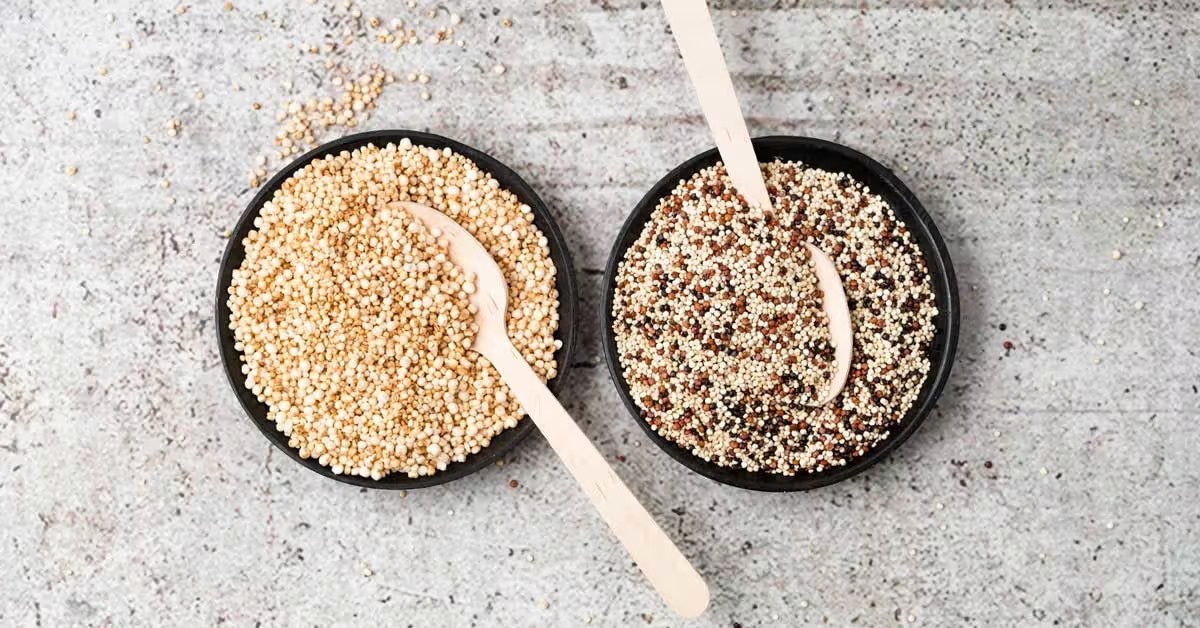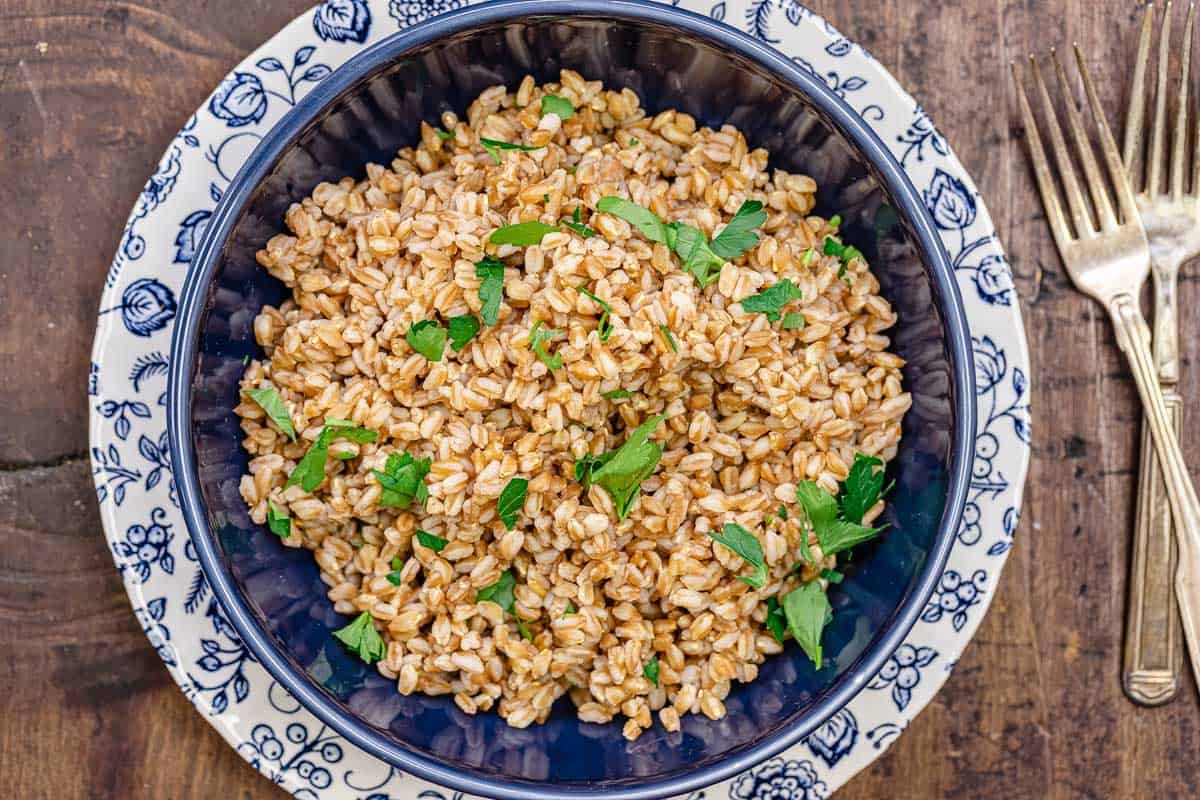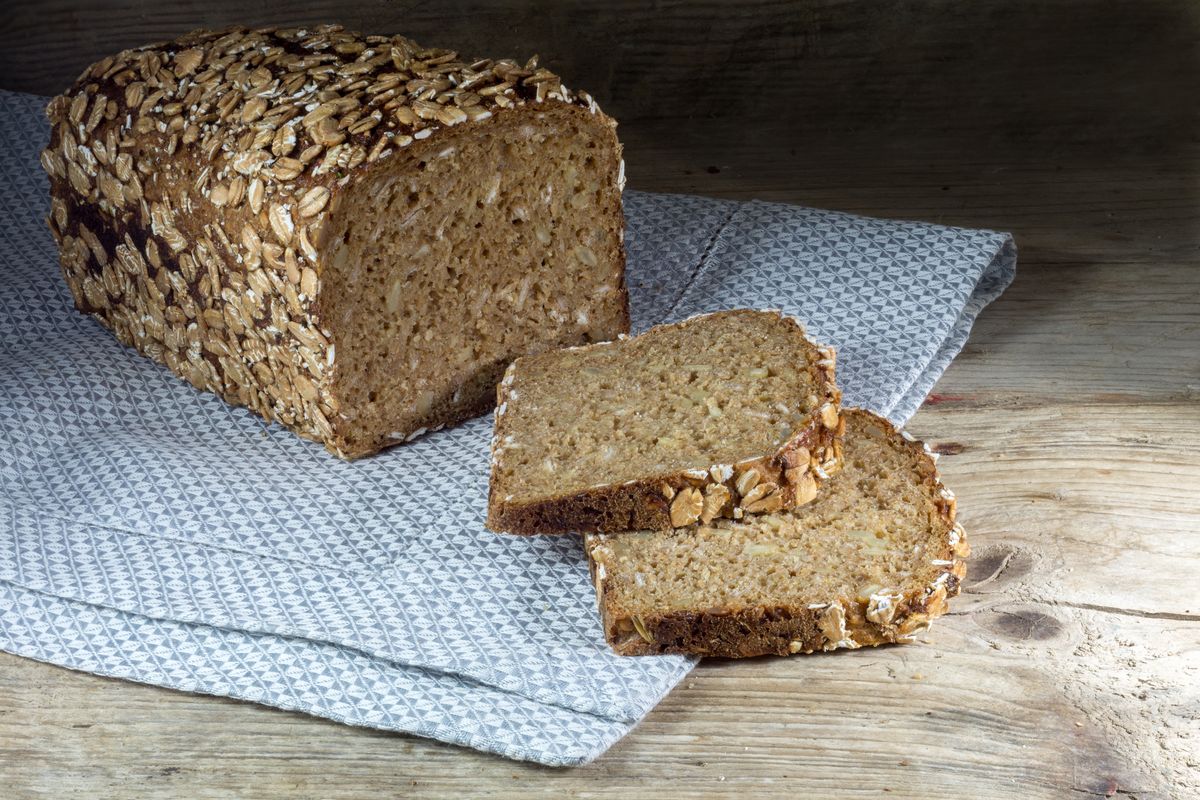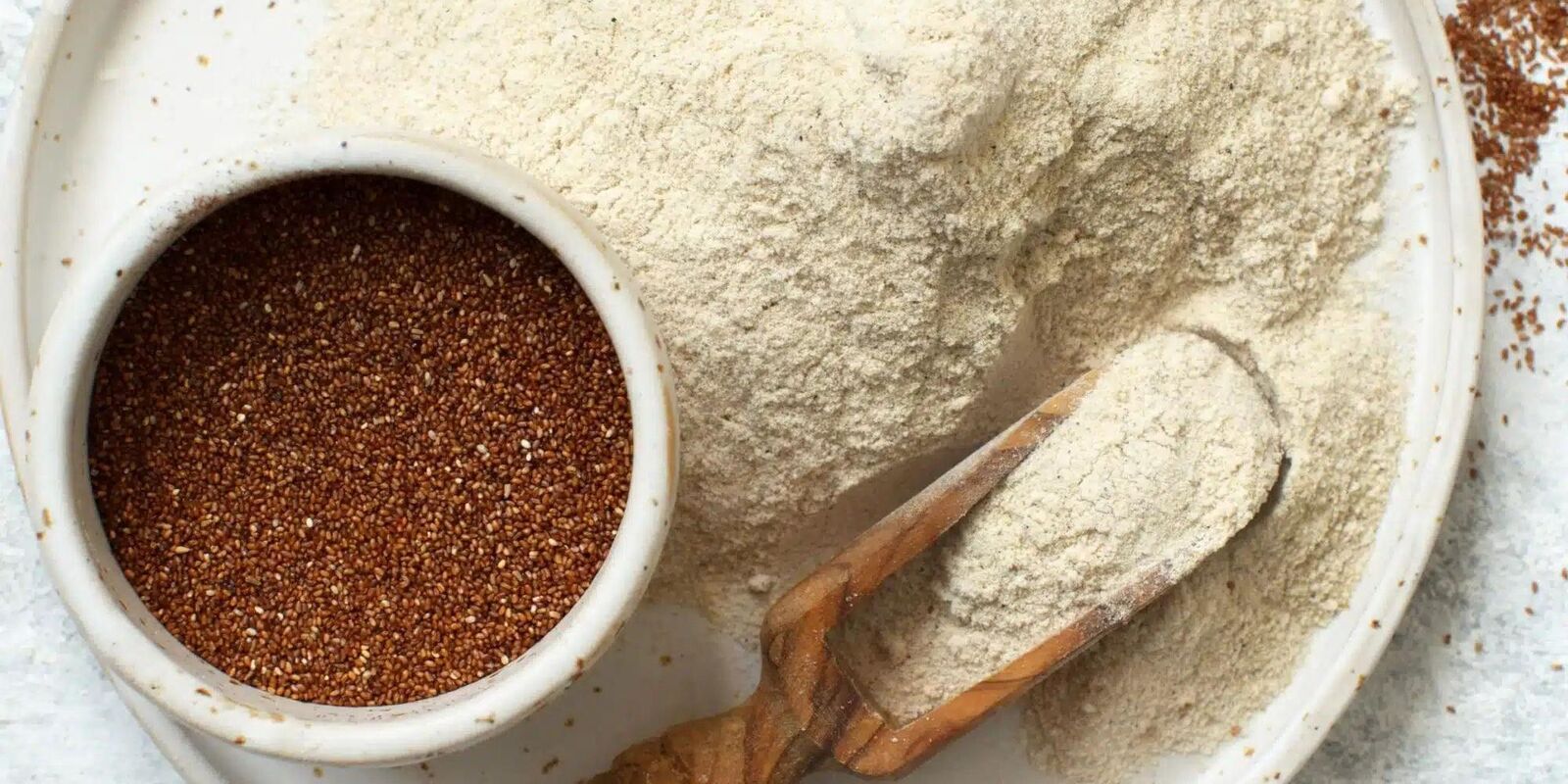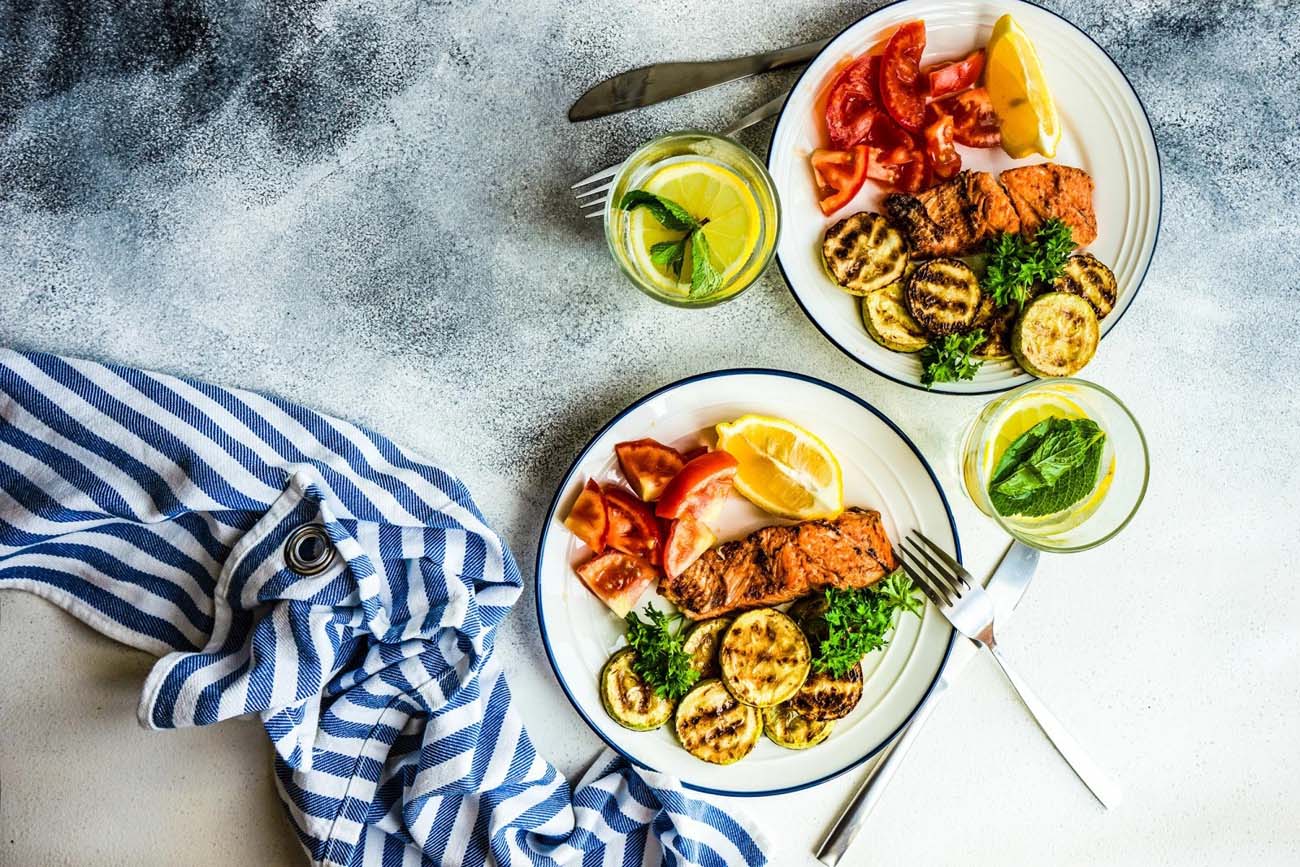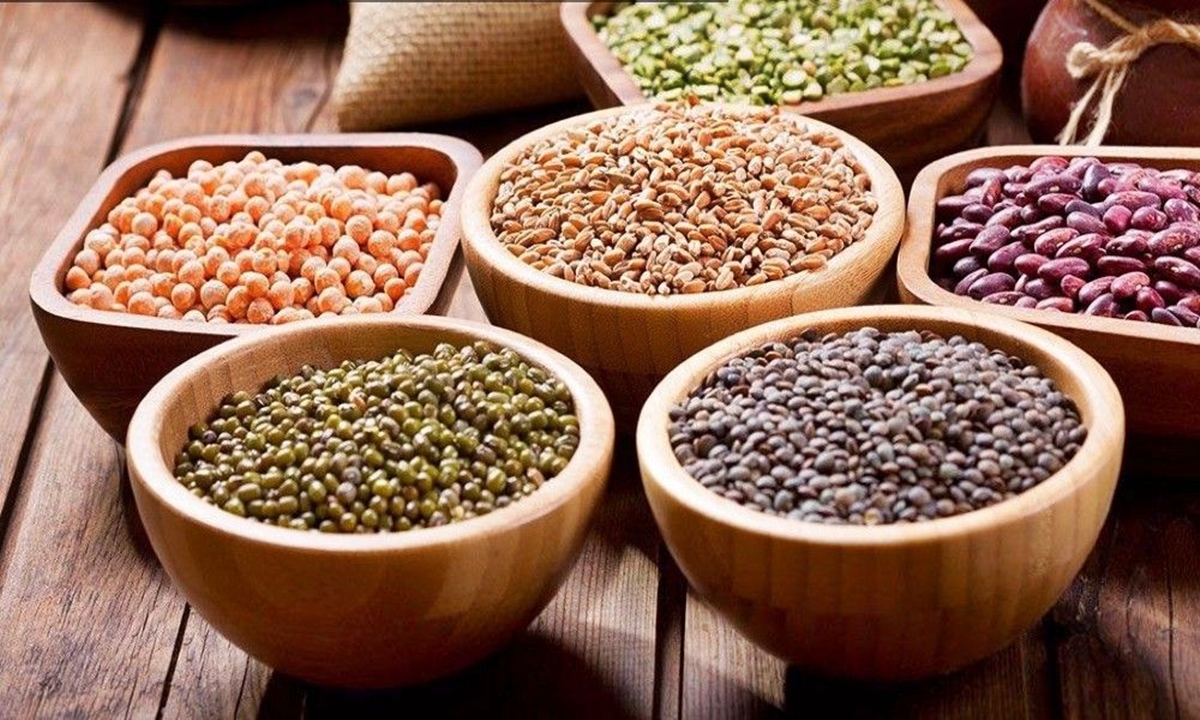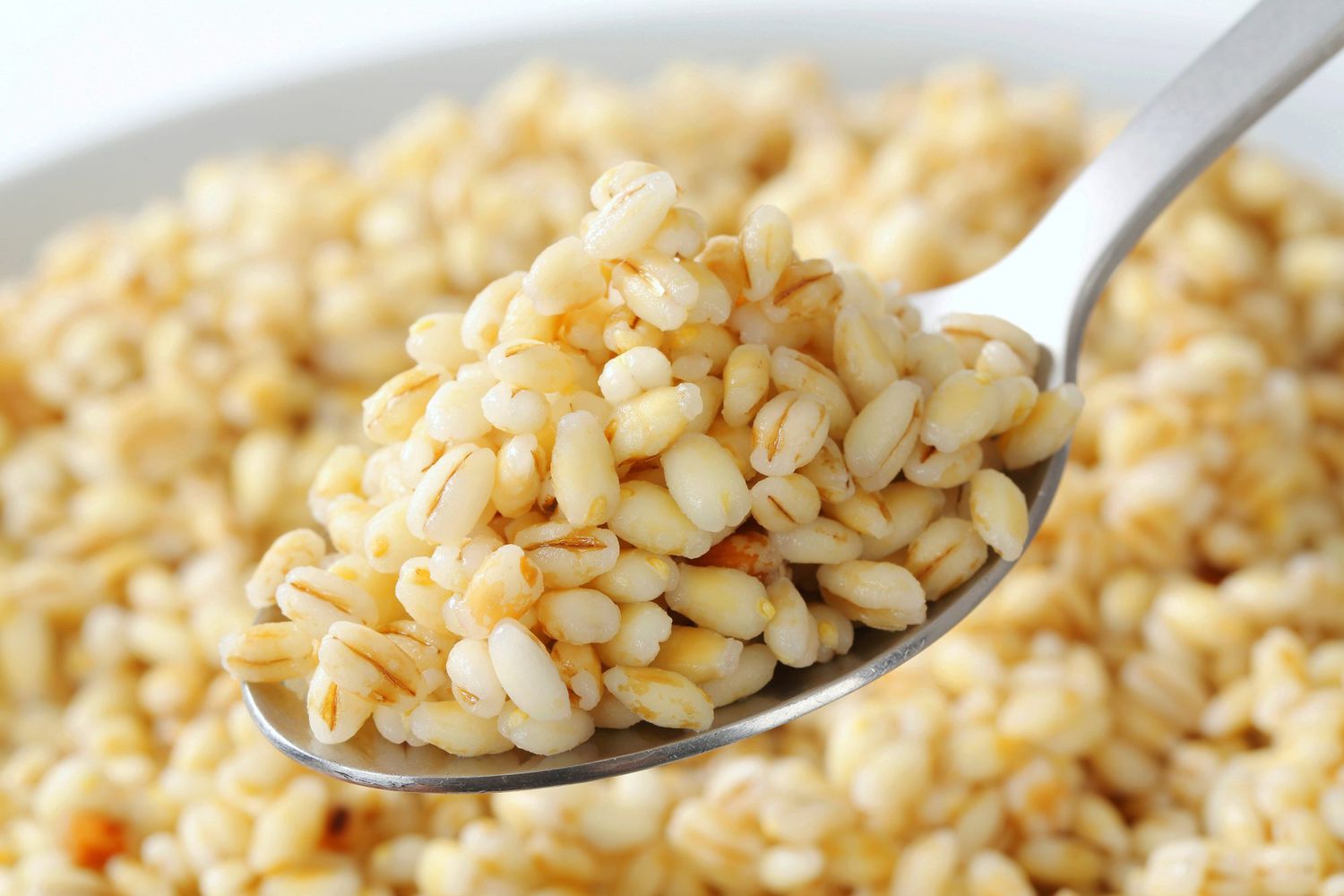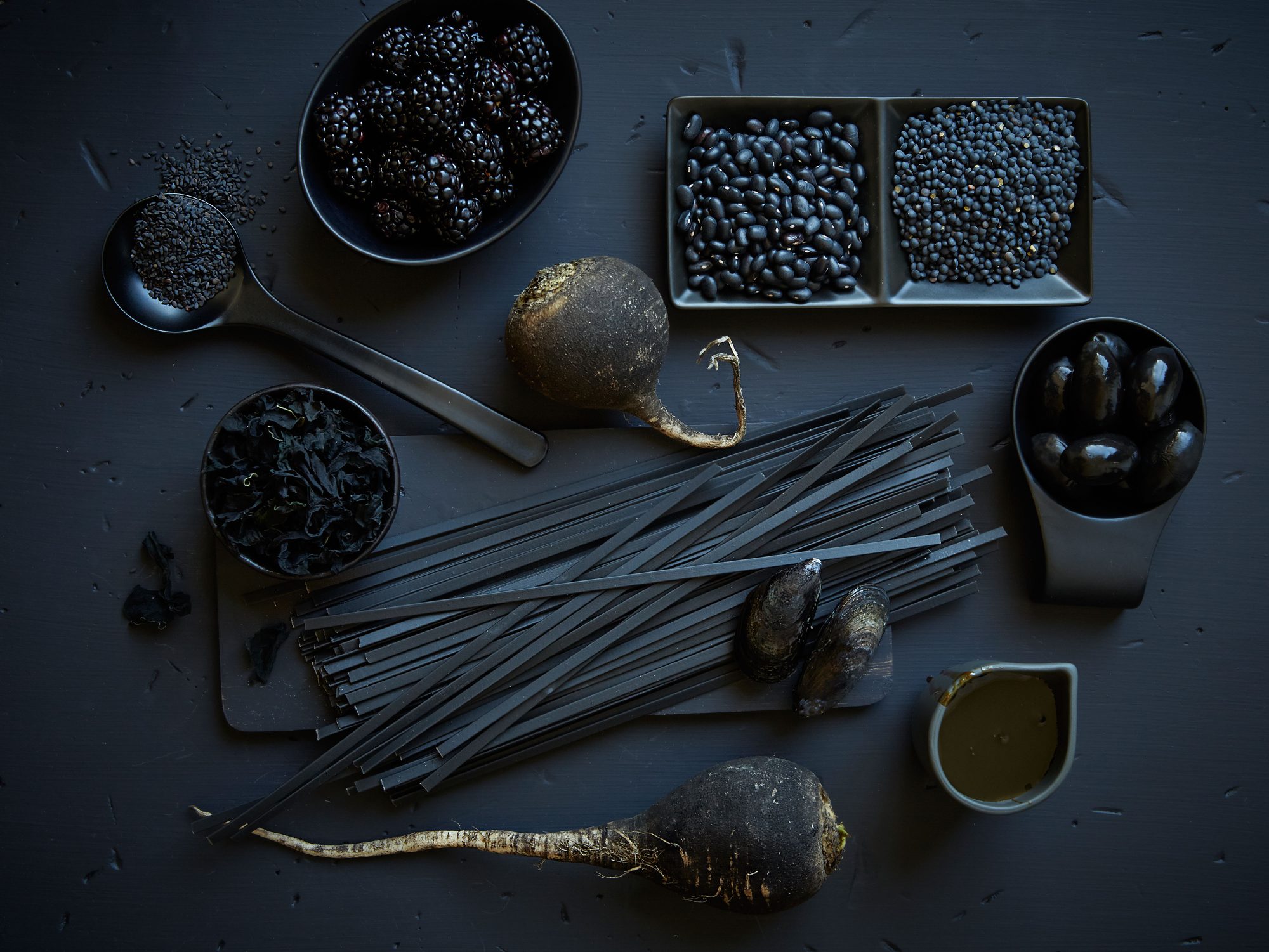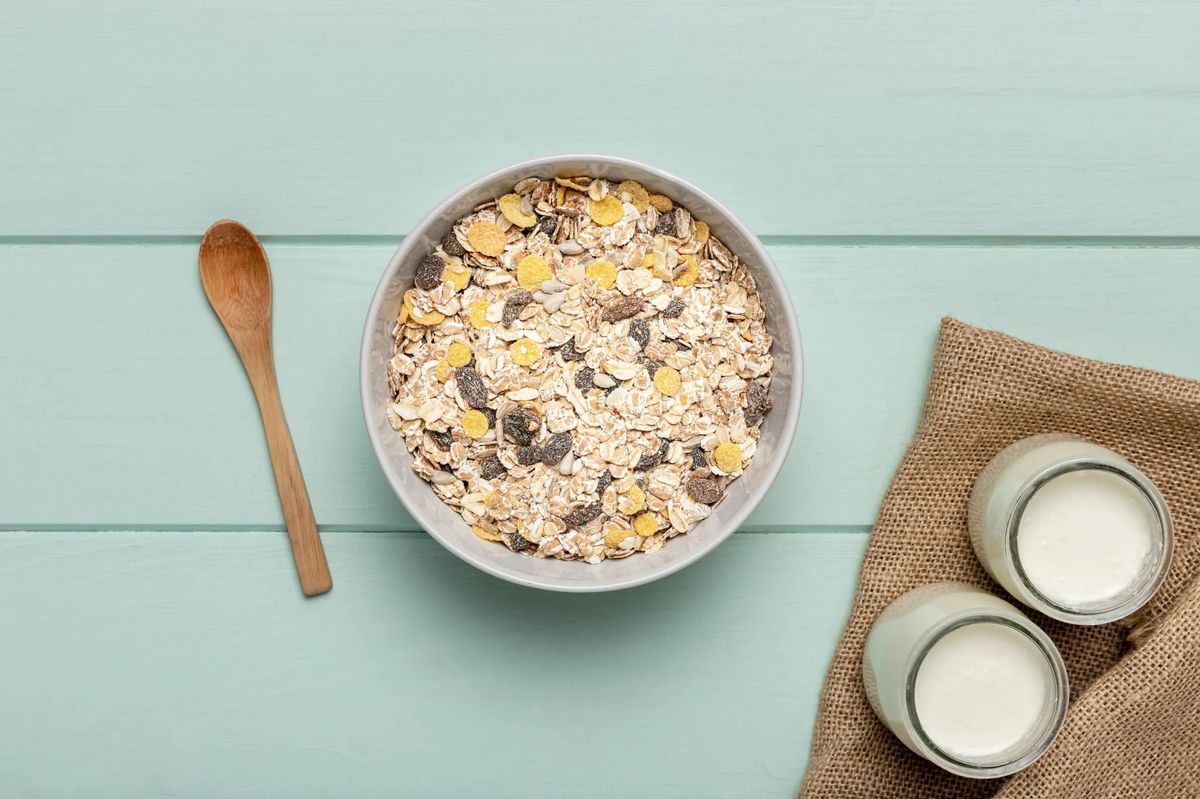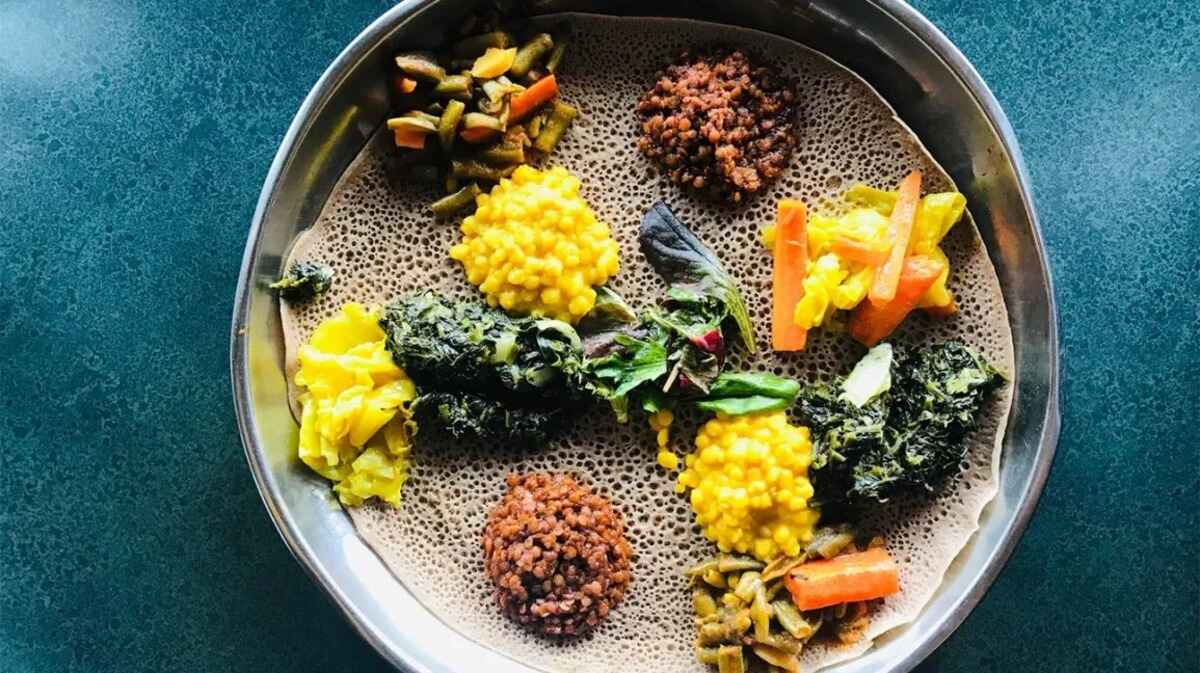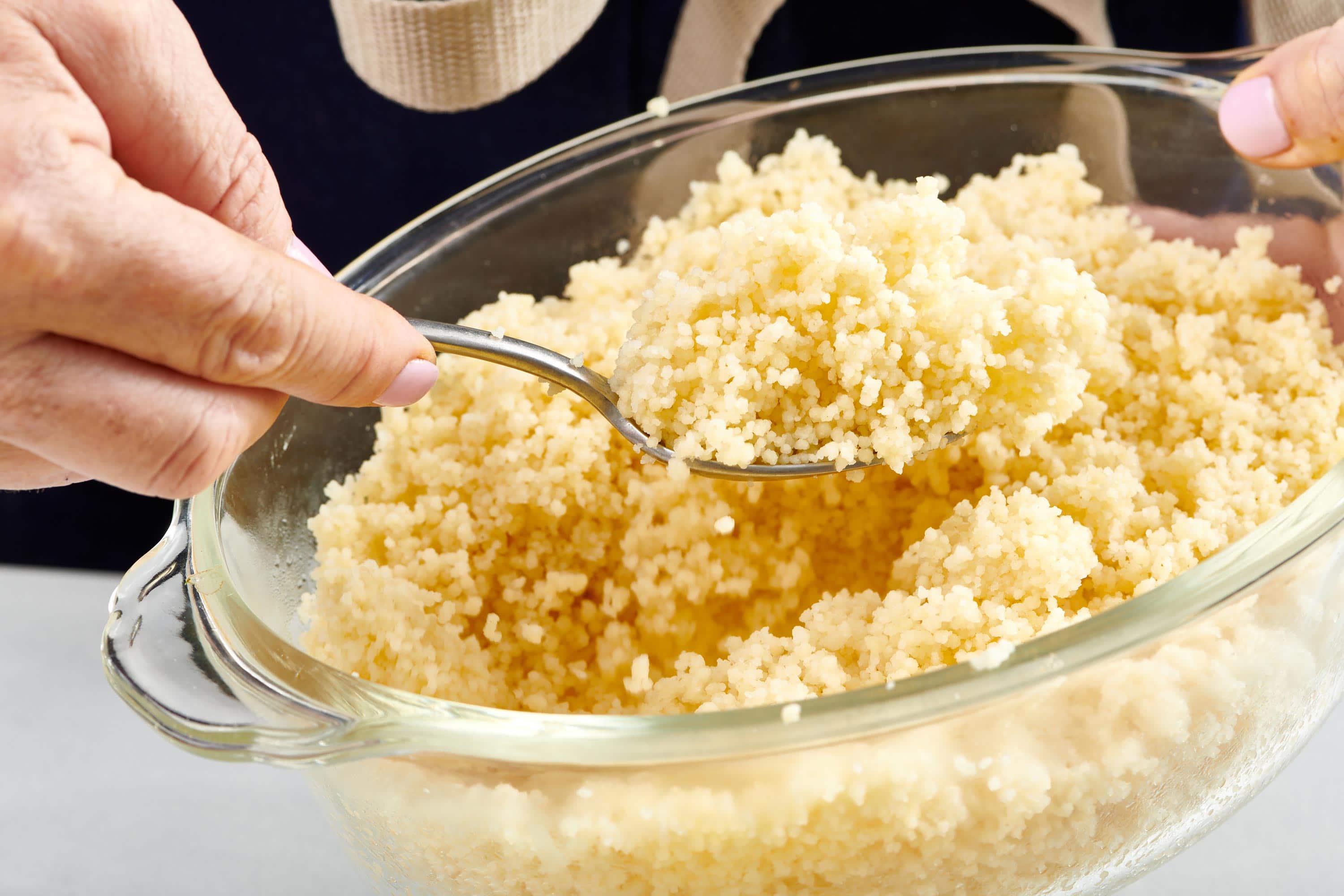Ancient grains like quinoa, farro, and millet have been staples for centuries, offering rich flavors and nutrients. These grains are making a comeback in modern kitchens, adding variety and health benefits to meals. Cooking with ancient grains can seem tricky, but with a few creative ideas, you can easily incorporate them into your diet. From hearty salads to delicious breakfast bowls, these grains can transform everyday dishes into something special. Ready to explore innovative ways to cook with ancient grains? Let’s dive into some exciting recipes and techniques that will make your meals both nutritious and tasty.
Essential Ingredients for Your Ancient Grain Recipes
Quinoa Salad with Roasted Vegetables
- 1 cup quinoa
- 2 cups water or vegetable broth
- 1 red bell pepper, diced
- 1 zucchini, sliced
- 1 red onion, chopped
- 1 cup cherry tomatoes, halved
- 2 tablespoons olive oil
- 1 teaspoon salt
- 1/2 teaspoon black pepper
- 1 teaspoon garlic powder
- 1 teaspoon dried oregano
- 1/4 cup fresh parsley, chopped
- 1/4 cup feta cheese, crumbled (optional)
- Juice of 1 lemon
Farro Risotto with Mushrooms
- 1 cup farro
- 4 cups vegetable broth
- 1 tablespoon olive oil
- 1 small onion, finely chopped
- 2 cloves garlic, minced
- 1 cup mushrooms, sliced
- 1/2 cup white wine
- 1/4 cup grated Parmesan cheese
- 1 tablespoon butter
- 1 teaspoon salt
- 1/2 teaspoon black pepper
- 1 tablespoon fresh thyme, chopped
Amaranth Porridge with Berries
- 1 cup amaranth
- 3 cups water or milk
- 1 tablespoon honey or maple syrup
- 1 teaspoon vanilla extract
- 1/2 teaspoon cinnamon
- 1/4 teaspoon salt
- 1 cup mixed berries (strawberries, blueberries, raspberries)
- 1/4 cup nuts or seeds (optional)
Millet Stuffed Peppers
- 1 cup millet
- 2 cups vegetable broth
- 4 bell peppers, tops cut off and seeds removed
- 1 can black beans, drained and rinsed
- 1 cup corn kernels
- 1/2 cup diced tomatoes
- 1/2 cup shredded cheese (optional)
- 1 teaspoon cumin
- 1 teaspoon chili powder
- 1/2 teaspoon salt
- 1/4 teaspoon black pepper
- 2 tablespoons fresh cilantro, chopped
Must-Have Tools for Cooking Ancient Grains
-
Measuring Cups and Spoons
- Essential for precise ingredient measurements, ensuring balanced flavors and textures.
-
Mixing Bowls
- Various sizes for combining dry and wet ingredients separately before mixing them together.
-
Whisk
- For aerating flours and mixing batters smoothly, eliminating lumps.
-
Wooden Spoon
- Durable for stirring thick grains and mixtures without scratching cookware.
-
Food Processor
- Useful for grinding whole ancient grains into flour or for making dough.
-
Fine Mesh Strainer
- Helps rinse grains thoroughly, which is crucial for removing any dust or debris.
-
Kitchen Scale
- Offers accuracy in ingredient measurement, critical for baking and ensuring consistent results.
-
Saucepan with Lid
- For cooking grains with controlled heat and retaining moisture.
-
Baking Sheet
- Needed for roasting grains or for making granola and other baked goods.
-
Parchment Paper or Silicone Baking Mat
- Prevents sticking and ensures easy cleanup when baking or roasting.
-
Skillet
- Ideal for toasting grains to enhance their nutty flavors before cooking.
-
Spatula
- Silicone spatulas are versatile for mixing, folding, and scraping bowls clean.
-
Oven
- Necessary for baking bread, cakes, and other pastries made from ancient grain flours.
-
Stove
- Required for boiling, simmering, and toasting grains.
-
Timer
- Keeps track of cooking times to prevent overcooking or burning.
-
Thermometer
- Ensures grains reach safe and appropriate temperatures, especially when baking bread.
Ancient grains like quinoa, farro, and millet add texture and nutrients to dishes. Try them in salads, soups, or as a rice substitute for a healthy twist on classic recipes.
The Importance of Cooking with Ancient Grains
Ancient grains like quinoa, farro, and amaranth are packed with nutrients and offer unique flavors. They provide a healthier alternative to refined grains, promoting better digestion and sustained energy. Cooking with these grains supports sustainable agriculture and helps preserve biodiversity in our food system.
Step-by-Step Guide to Mastering Ancient Grain Dishes
Innovative Ways to Cook with Ancient Grains
1. Quinoa Breakfast Bowl
- Ingredients: Quinoa, almond milk, honey, fresh berries, nuts
- Steps:
- Rinse quinoa thoroughly.
- Cook quinoa in almond milk until tender.
- Sweeten with honey.
- Top with fresh berries and nuts.
2. Farro Salad
- Ingredients: Farro, cherry tomatoes, cucumber, feta cheese, olive oil, lemon juice
- Steps:
- Cook farro until tender.
- Dice cherry tomatoes and cucumber.
- Mix farro, tomatoes, cucumber, and feta cheese.
- Drizzle with olive oil and lemon juice.
3. Amaranth Porridge
- Ingredients: Amaranth, water, coconut milk, maple syrup, dried fruits
- Steps:
- Boil amaranth in water until soft.
- Stir in coconut milk.
- Sweeten with maple syrup.
- Add dried fruits.
4. Millet Stir-Fry
- Ingredients: Millet, mixed vegetables, soy sauce, garlic, ginger
- Steps:
- Cook millet until fluffy.
- Sauté mixed vegetables with garlic and ginger.
- Add millet to the pan.
- Season with soy sauce.
5. Spelt Risotto
- Ingredients: Spelt, vegetable broth, mushrooms, Parmesan cheese, white wine
- Steps:
- Cook spelt in vegetable broth.
- Sauté mushrooms.
- Add white wine to the spelt.
- Stir in mushrooms and Parmesan cheese.
6. Teff Pancakes
- Ingredients: Teff flour, eggs, milk, baking powder, vanilla extract
- Steps:
- Mix teff flour, baking powder, eggs, milk, and vanilla extract.
- Pour batter onto a hot griddle.
- Cook until bubbles form.
- Flip and cook until golden brown.
7. Barley Soup
- Ingredients: Barley, carrots, celery, onions, vegetable broth, thyme
- Steps:
- Cook barley in vegetable broth.
- Sauté carrots, celery, and onions.
- Add vegetables to the barley.
- Season with thyme.
8. Kamut Pilaf
- Ingredients: Kamut, chicken broth, peas, carrots, onions
- Steps:
- Cook kamut in chicken broth.
- Sauté peas, carrots, and onions.
- Mix vegetables with kamut.
9. Sorghum Tacos
- Ingredients: Sorghum, black beans, corn, avocado, salsa
- Steps:
- Cook sorghum until tender.
- Mix with black beans and corn.
- Fill taco shells with the mixture.
- Top with avocado and salsa.
10. Freekeh Stuffed Peppers
- Ingredients: Freekeh, bell peppers, tomatoes, onions, garlic, herbs
- Steps:
- Cook freekeh until tender.
- Sauté tomatoes, onions, and garlic.
- Mix vegetables with freekeh.
- Stuff bell peppers with the mixture.
- Bake until peppers are tender.
Ancient Grains: A Modern Kitchen Staple
Ancient grains like quinoa, farro, and amaranth bring both nutrition and flavor to your meals. They’re versatile, working well in salads, soups, and even desserts. Cooking with these grains can elevate your dishes, making them more wholesome and exciting. Plus, they’re often more sustainable than modern grains, which is a win for the environment.
Experimenting with ancient grains can open up a world of new textures and tastes. Whether you’re a seasoned chef or just starting out, incorporating these grains into your cooking can be a game-changer. So next time you’re in the kitchen, don’t hesitate to swap out your usual rice or pasta for something a bit more ancient. Your taste buds—and your body—will thank you.
Common Questions About Cooking with Ancient Grains
What are ancient grains?
Ancient grains are grains that have been largely unchanged over the last several hundred years. Examples include quinoa, farro, amaranth, spelt, and millet. They’re packed with nutrients and often more flavorful than modern grains.
How do I cook quinoa?
Rinse quinoa under cold water to remove its natural coating, which can taste bitter. Use a 2:1 water-to-quinoa ratio. Bring water to a boil, add quinoa, reduce heat to low, cover, and simmer for about 15 minutes until water is absorbed.
Can I use ancient grains in baking?
Absolutely! You can substitute ancient grains like spelt or amaranth flour for regular flour in many recipes. They add a nutty flavor and boost the nutritional value of baked goods.
What’s the best way to store ancient grains?
Store ancient grains in an airtight container in a cool, dry place. For longer shelf life, keep them in the refrigerator or freezer. This helps prevent them from going rancid.
Are ancient grains gluten-free?
Some are, some aren’t. Quinoa, amaranth, and millet are gluten-free, making them great options for those with gluten sensitivities. Farro and spelt contain gluten, so avoid them if you have celiac disease.
How can I incorporate ancient grains into my diet?
Add them to salads, soups, and stews. Use them as a base for grain bowls or as a side dish. You can even make breakfast porridge with amaranth or millet for a hearty start to your day.
What are the health benefits of ancient grains?
They’re rich in fiber, protein, vitamins, and minerals. Ancient grains can help with digestion, provide sustained energy, and support overall health. Plus, they often have a lower glycemic index than modern grains.
